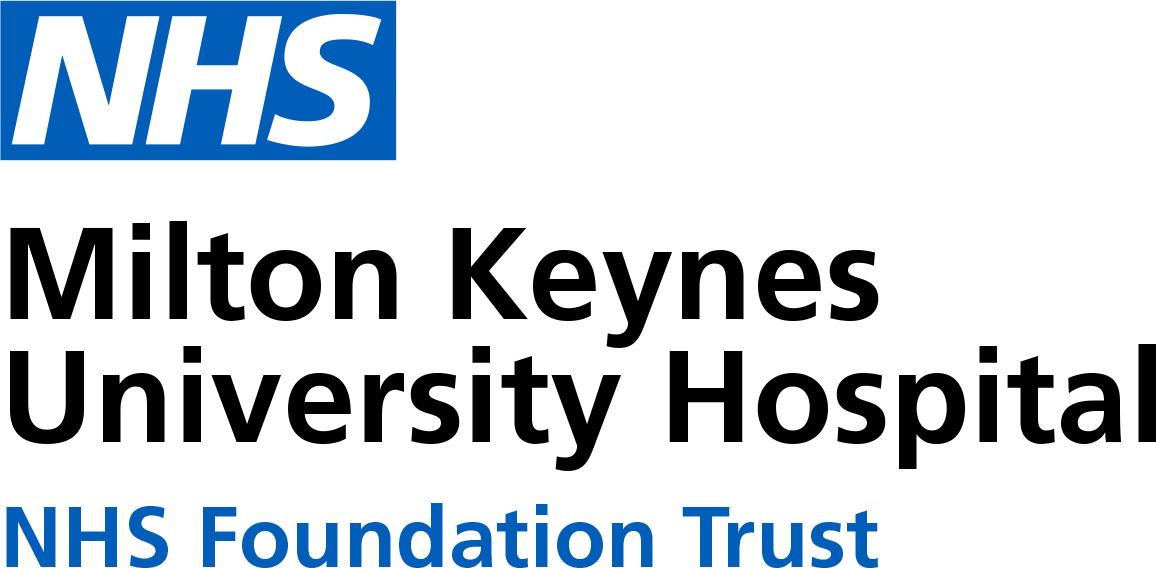Last Modified: 9:18am 23/04/2021
How to Recognise
For young people under the age of 18 years use the BSPED DKA guidelines which can be found at https://www.bsped.org.uk/media/1798/bsped-dka-guideline-2020.pdf
| It is a medical emergency in diabetes (usually type 1 diabetes, but can occur in type 2 diabetes) that can develop over hours to days |
Diagnostic criteria, ALL 3 of:
- Blood glucose > 11mmol/L
- HCO3 <15 mmol/L &/or venous pH <7.3
- Ketonaemia > 3mmol/L or ketonuria (> ++ on urine ketostix)
(Joint British Diabetes Societies 2010)
What are the signs of DKA?
- High BG levels
- Ketones (in blood and urine)
- Nausea, vomiting, and abdominal pain (cramps)
- Confusion
- Tired, sluggish, or weak
- Flushed, hot, dry skin
- Blurred vision
- Rapid, deep breathing and shortness of breath
- Excessive thirst and frequent urination
- Fruity scented breath
- Unconsciousness
Check your patients blood sugar level if they have symptoms of DKA.
If their blood sugar level is 11mmol/L or above and they have any of the above symptoms check their ketone level.
If you do a blood ketone test:
|
The presence of one or more of the following may indicate severe DKA.
If the patient exhibits any of these signs below they should be reviewed by a consultant physician and considered for referral to the Level 1 pathway and ICU review (JBDS Guidelines 2013).
• Blood ketones over 6mmol/L
• Bicarbonate level below 5mmol/L
• Venous/arterial pH below 7.0
• Hypokalaemia on admission (under 3.5mmol/L)
• GCS less than 12 or abnormal AVPU scale
• Oxygen saturation below 92% on air (assuming normal baseline respiratory function)
• Systolic BP below 90mmHg
• Pulse over 100 or below 60bpm
• Anion gap above 16 [Anion Gap = (Na+ + K+) (Cl-+ HCO3-) ]
